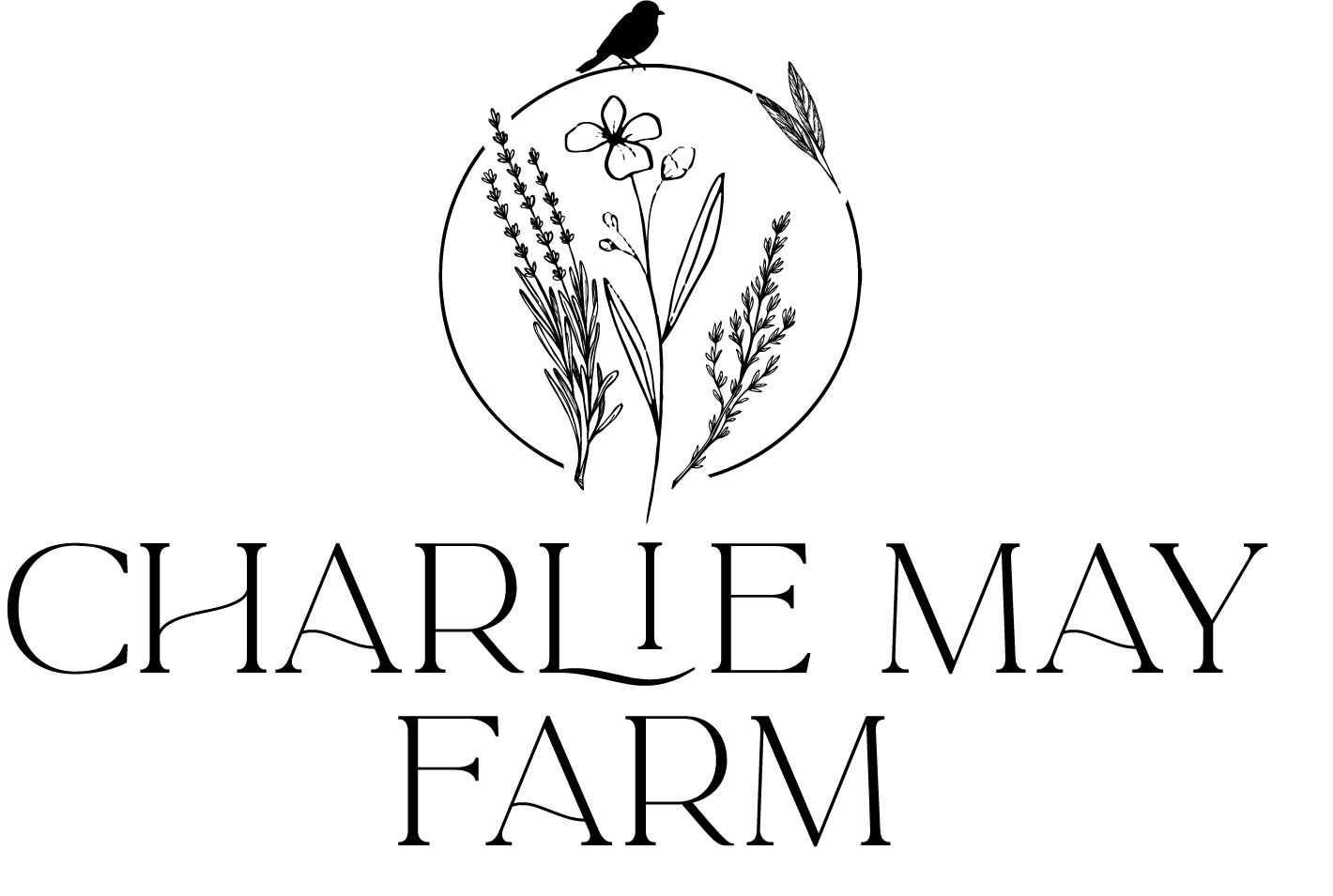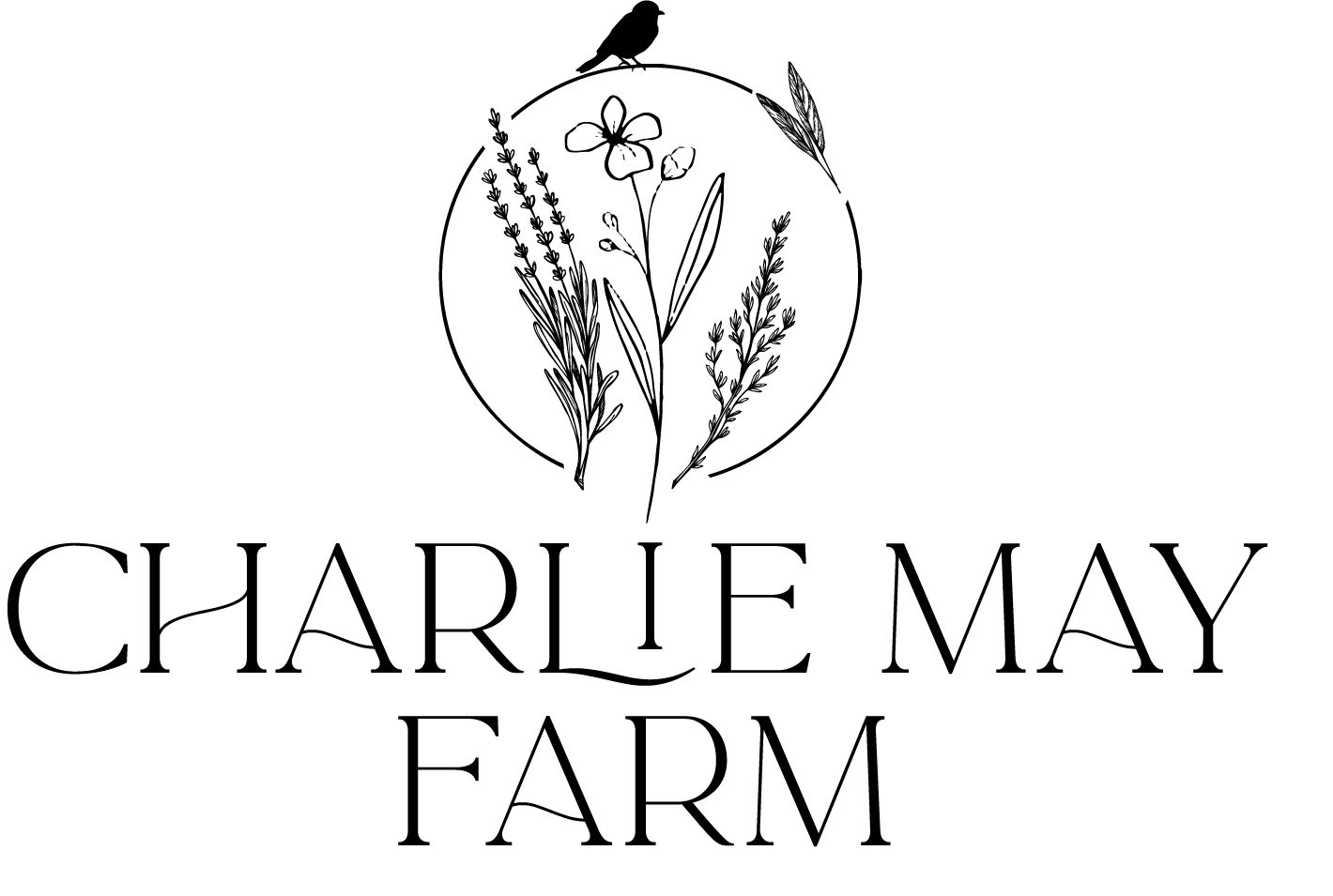Growing Ranunculus and Anemones
The star of the show for spring blooms have to be anemones and ranunculus! I can’t decide which one is more beautiful. I have been slowly adding new flowers to try out and grow every year with my eye on these two darlings.
Ranunculus and Anemones are a cool loving flower which means it thrives in growing temperatures between 3 to 20 degrees Celcius and will flower in just 3 months after planting. We have a very short time where the temperatures are at those ideal temperatures, so there’s a bit of prep needed for zone 3 gardeners. Beginning of March is the time to get busy. Some gardeners in warmer zones have the advantage of planting in fall but here in Manitoba it’s a race to get them growing and flowering after the risk of frost and before the high summer heat hits us. To adapt to these conditions the plants should be presprouted before planting into the ground and also grown under a hoop house or low tunnel to create a warmer environment and extend the growing season. You want to make sure the temperature doesn’t drop below -7 degree C for Anemones or -4 degree C for Ranunculus or the corms will freeze and rot once thawed out again.
Steps to Presprout and Grow Ranunculus/ Anemone Corms
This is recommended to begin about 3 weeks before planting the corms outside. If the corms are presprouted and it’s still too cold for planting you can move them into bigger pots and grow in a heated greenhouse until they are ready to go outside. This gives them a big head start so when the temperature is right you can get the most bloom time possible from your flowers.
Unpack your corms, you will notice the ranunculus look like little octopus and the anemone looks like dried up acorns.
Soak corms for about 4 hours at room temperature to slightly cool water. Do not oversoak them or they will rot. You will notice the corms will become plump and probably double in size. To keep track of each variety, you can put each kind into a bag and label or colour code each bag so you keep track of the variety. You can use loose leaf tea bags, onion bags, panty hose or organza bags to soak them.
After they are soaked corms can be planted into the ground in warmer climates but here in zone 3 you are now going to presprout the corms. Use a seed tray half full of moist potting soil and cover completely with more soil. Make sure the soil is not too wet or the corms will begin to rot.
Leave the tray in a cool spot at temperatures around 4 - 10 degrees C. If you don’t have a spot at that ideal temperature, find the coolest spot in your house away from direct sunlight (basement) and wait 10 to 14 days for the corms to presprout. Check the corms every few days to make sure the soil isn’t too moist and remove any corms that show signs of rotting.
After about 10- 14 days, the corms will grow more and develop white rootlets and may start leafing out. At this time you want to move them to bigger pots or plant them in the garden if temperatures are above 1 degree C (day and overnight). A hoop house or low tunnel will help to keep the plants from freezing. If you don’t have either you can keep the plants in larger pots and grow them on the front porch or inside a heated greenhouse.
If planting into the ground they will do fine in part sun to full sun and spaced out about 9 inches apart, and 2 -3 inches deep with about 4 rows per bed. They prefer well drained soil.
The plants will start to flower in about 90 days and you will get the most blooms if you cut the flowers consistently. Harvest ranunculus when they are coloured and squishy like a marshmallow but not fully opened. Harvest anemones as soon as they open and no later or you won’t be able to keep track of how old each flower is.
When the flowers stop blooming and the foliage has died back , pull the corms out so you can grow them again next season. Let the corms dry in the sun for a few hours and store them indoors, ideally between 10-18 degrees C



